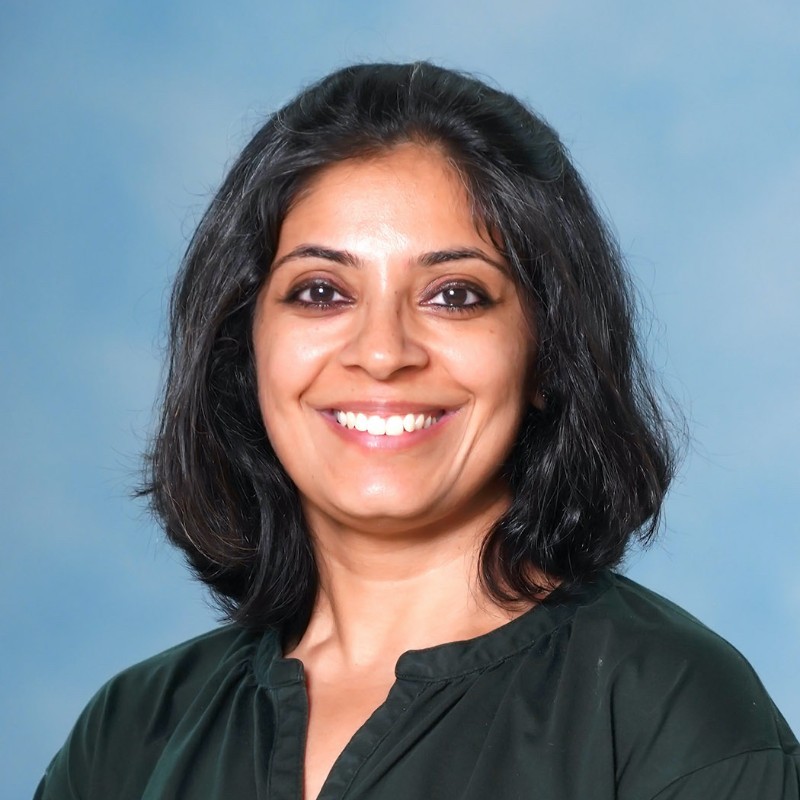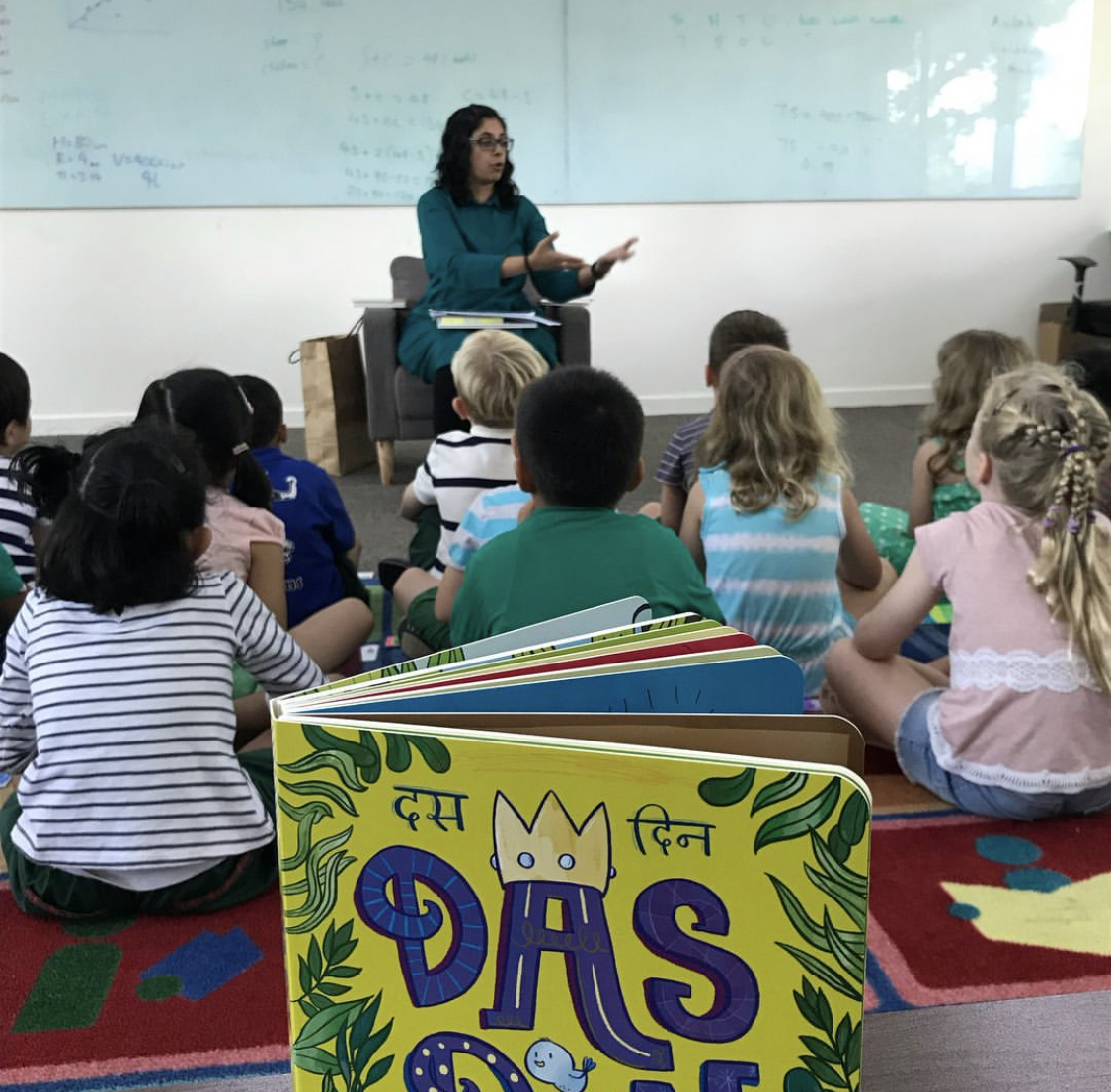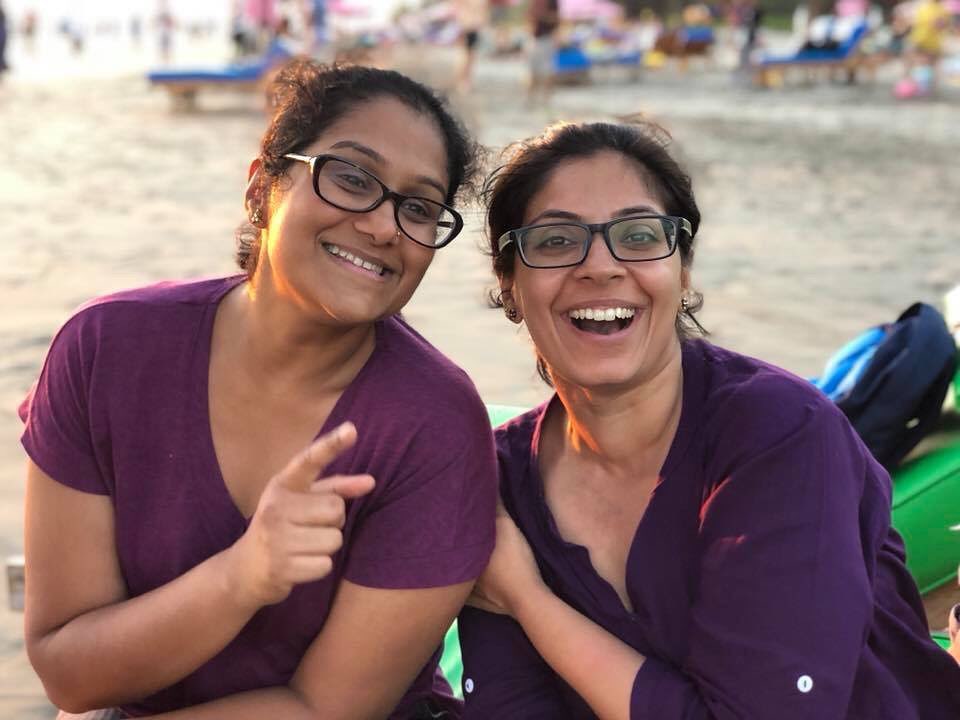(April 16, 2023) Having lived in six countries – India, Bahrain, Germany, Australia, United States and now Singapore, Pridhee Kapoor Gupta knows how English becomes a predominant language of communication in expat homes. In India too, the medium of conversation is often English in modern households. As a result, kids do not develop the fluency to communicate in their mother tongues.
Realising that if kids from the diaspora are not introduced to their native language in their formative years, they might never pick it up when their exposure to multiculturalism increases, Pridhee started her publishing house, T4Tales. Over the last eight years, she has been publishing interactive board books for children to be confident speakers in their mother tongues.

Pridhee Kapoor Gupta, Founder and CEO, T4Tales
“There aren’t many publishers who are publishing such books in Indian languages,” says Pridhee. “An interactive board book is an amalgamation of a toy and a book that facilitates learning by involving all the senses of a child.”
Books published by T4Tales enhance conversational skills in Hindi, Gujrati, and Tamil and are available in the US, UK, Australia, Singapore and India. “We have recently expanded our reach. Now parents across the globe can purchase our books at Shopify.” Pridhee tells Global Indian.
In a recent development, the Public Libraries of Brooklyn and New York have agreed to stock the entire line of T4Tales Hindi books.
Apart from being a book publisher, Pridhee has been working as a teacher for the last one-and-a-half decades at Eton House International in Singapore. “It’s a renowned international school with several branches spread across the globe,” she says.
How teaching helps publishing
Pridhee’s 15 years of experience in teaching primary school kids at an international school helps her meet the language learning goals of diaspora kids. T4Tales is not just a business venture for her. “It’s an avenue to make a meaningful difference.” Interspersing her pedagogical expertise with her entrepreneurial moves the publisher has made her venture unique. “Interactions with my pupils often give me insights to decide the next step in my business,” she says.

Pridhee during one of the T4Tales workshops
Raising two kids outside India has also given Pridhee an insight into what was missing in the Indian language learning space for the diaspora kids. In fact, the idea of T4Tales stemmed from personal experiences as a mother. “I used to feel disappointed when my daughter would find the most colourful and interactive books in English at the bookstores and spend hours flipping through the pages but did not have such option in Hindi,” says Pridhee.
Trials and triumphs
The book publisher has not just authored and co-authored some of the books but keeps herself fully involved in all the stages of production so that the final products are not just appealing to the eyes but fulfil the purpose.
“We try our best to incorporate as much variety as we can to keep the learners engaged so that they pick up the language easily while being involved in fun learning,” she says.
After eight years, she now has a hold over the domain, but having started out without a business background meant a great deal of perseverance in the early years. “With trial and error and a growth mindset I surged ahead. I am blessed to have connected with amazing people who helped me in my entrepreneurial journey. Early on, I was lucky to get a mentor who kept me on track, and even now guides me when required” she says .
Demand for children’s books will never die
Though there are many books out in the market, and marketing books in today’s times is an uphill task Pridhee does not get intimidated. “My books have a niche market, and there has been a dearth of learning resources in Indian languages,” she remarks adding, “Paediatricians all over the globe have been recommending lessening the screen time of kids. Parents are becoming more aware of the benefits of resources like my interactive board books. They want to limit the screen time of their children, as recommended.”

Pridhee with her junior from IIT Delhi, Aathira Nair who looks into T4Tales marketing efforts in India
All T4Tales books come with English transliteration so that the learners do not get the pronunciation wrong. “I know of many families where one parent is Indian and the other belongs to a different country. English transliteration helps the parents of the foreign descents to also be proudly involved in their children’s language learning developments,” she shares.
Apart from connecting kids to their roots through books, T4Tales also helps keep the concept of storytelling alive. Pridhee and the authors of her books conduct regular storytelling and book reading sessions at bookstores, schools and libraries in their respective countries.
The course of life
Born and raised in Bahrain, Pridhee did her degree in biochemical engineering and biotechnology at IIT-Delhi. She went on to do her PhD in molecular and cellular biology from Heidelberg University in Germany, where the programme also helped her hone her teaching and training skills, apart from research. Later, her learnings as a parent led Pridhee to pursue a career that revolved around education.
However, biology is not completely off the radar for the founder and CEO of T4Tales. “I would certainly do something around it,” she says reassuringly to her parents, who live in Bahrain. “Who knows, there would be a new book series around the subject,” smiles the publisher who is excited about having four new books in the pipeline.
- Follow Pridhee Kapoor Gupta on LinkedIn and Twitter
- Follow T4Tales on Facebook, Instagram and its website




Pridhee you have set foot on a beautiful venture so that diaspora children do not lose their roots. May you grow. Wishing you all the best